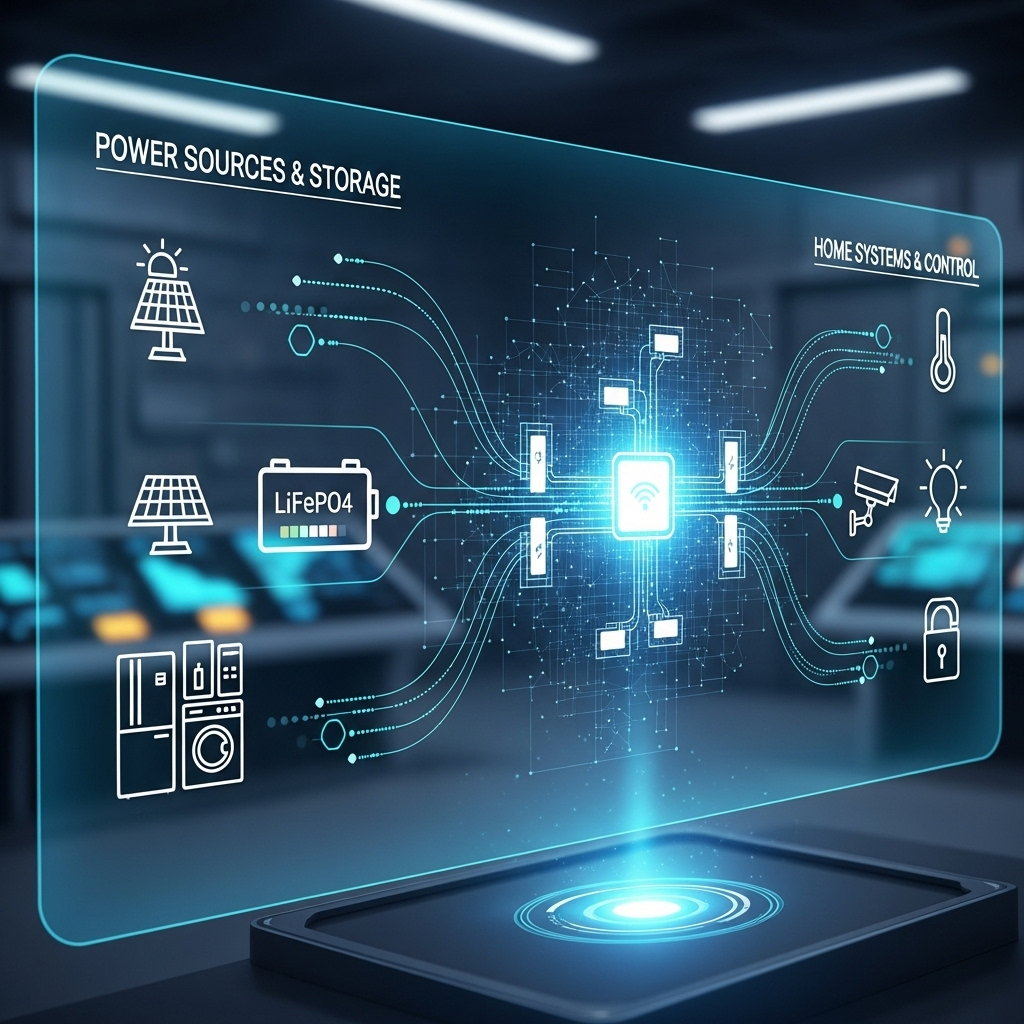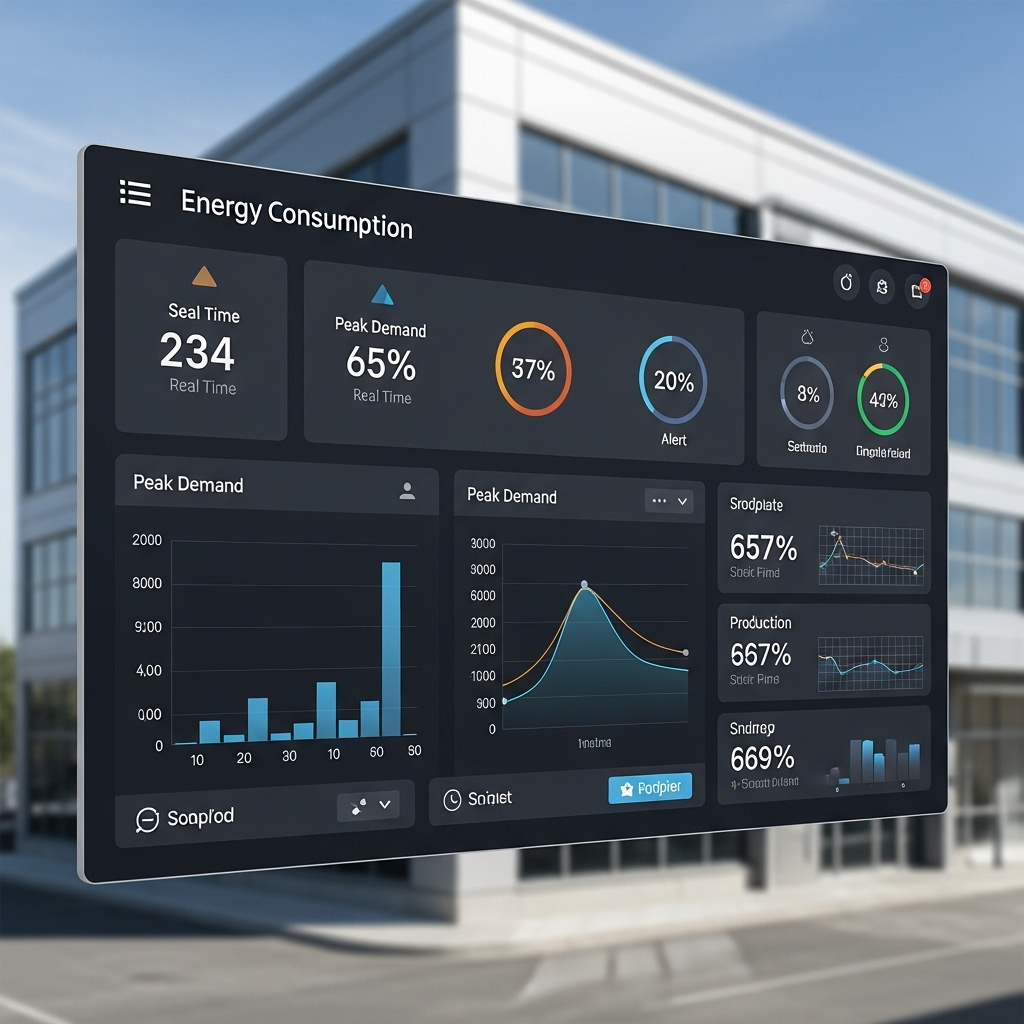In today's energy landscape, a diverse array of devices—from solar panels and battery storage systems to electric vehicles and smart appliances—must work together. Yet, without a common language, these technologies can become isolated islands of data, unable to coordinate effectively. This challenge is where data standardization and interchange formats become critical. They provide the rules of the road for communication, ensuring that different systems can exchange information seamlessly, securely, and efficiently. Understanding these standards is fundamental to building a truly intelligent and resilient energy grid.
Why Data Standardization Matters in Solar and Storage
Adopting uniform data practices is not just a technical exercise; it delivers tangible benefits across the entire energy value chain, from individual system owners to large-scale grid operators. It transforms how we manage, finance, and optimize energy assets.
Enhancing System Interoperability and Performance
At its core, interoperability means that components from different manufacturers can communicate and work together without special effort. For an energy storage system (ESS), this allows a solar inverter, a battery management system (BMS), and a central controller to operate as a cohesive unit. This seamless integration is a core principle behind our pre-integrated systems, which pair high-performance LiFePO4 batteries with hybrid inverters for optimized operation.
Standardization also extends to performance metrics. To accurately assess the health and efficiency of a solar storage system, you need consistent data points. Key indicators like Depth of Discharge (DoD), Round-Trip Efficiency (RTE), and State of Charge (SoC) are vital for performance tracking and system longevity. When these metrics are standardized, they enable clear comparisons and diagnostics. For a deeper look at these essential indicators, our ultimate reference on solar storage performance offers a comprehensive analysis.
Streamlining Project Finance and Asset Management
For banks and investors, inconsistent data creates risk and slows down transactions. The U.S. Department of Energy's Orange Button initiative was launched to address this very problem by simplifying and standardizing solar data. When project data is presented in a uniform format, it makes due diligence faster, reduces transactional friction, and can lead to more favorable financing terms. For operators managing multiple solar and storage assets, standardized data feeds allow them to monitor and control their entire portfolio from a single platform, improving operational efficiency.
Enabling Grid Services and Demand Response
Modern grids increasingly rely on distributed energy resources (DERs) like residential battery systems to help maintain stability. For your ESS to participate in these programs, such as demand response (DR), it must be able to receive and respond to signals from the grid operator. This communication is governed by specific standards. OpenADR is a prominent example, creating a secure and automated channel for utilities to request energy adjustments from customer-sited assets. This capability turns a standalone battery into an active grid resource. You can learn more about mapping system data for these programs in How to Map Solar + ESS Telemetry to OpenADR 2.0b Signals and see a real-world application in this Case Study: C&I ESS Joins DR Markets via OpenADR 2.0b.
Key Interchange Formats and Communication Protocols
A variety of standards and protocols work together at different layers to enable communication. Some handle low-level device communication, while others manage high-level application data exchange.
Foundational Protocols: Modbus and MQTT
Within a local system, protocols are needed for devices to talk to each other. Modbus is a long-standing, robust serial communication protocol widely used in industrial environments. It is often the language spoken by solar inverters, meters, and battery management systems. MQTT, in contrast, is a lightweight and efficient messaging protocol designed for modern IoT applications. Its publish-subscribe model is well-suited for sending telemetry data from thousands of DERs to a central server with minimal bandwidth. Often, these protocols are used together, as detailed in The Interop Blueprint: Modbus, MQTT, OpenADR for ESS.
Application-Layer Standards: Green Button and OpenADR
While protocols like Modbus and MQTT handle the transport of data, application-layer standards define the meaning and structure of that data. Green Button and OpenADR are two of the most important in the energy sector.
- Green Button: This standard gives energy customers secure and easy access to their own energy consumption data from their utility. It empowers them to use third-party applications for energy analysis and management. It's a key tool for homeowners looking to understand their usage patterns, as explored in Green Button for Solar Owners: A Practical Data Sharing Guide.
- OpenADR (Open Automated Demand Response): This is a standard for communicating demand response signals. It enables utilities to send price and reliability signals to customer systems, which can then automatically adjust their energy consumption to support the grid.
The two serve distinct purposes, and choosing the right one depends on the application. For a clear comparison, see OpenADR vs Green Button: When Each Standard Truly Fits.
Emerging Standards for a Broader Ecosystem
The world of energy is expanding to include electric vehicle charging and microgrids. New standards are emerging to ensure interoperability in these areas. Protocols like OCPP and OCPI are becoming standard for managing EV charging stations, while IEC 15118 enables two-way communication for Vehicle-to-Grid (V2G) applications. The integration of these standards is crucial for complex systems, a topic covered in Data Interchange for Microgrids: OpenADR with OCPP/OCPI and the Unlock V2G Revenues: OpenADR + IEC 15118 Integration Playbook.
Practical Implementation: From Theory to Reality
Understanding standards is one thing; implementing them successfully is another. It requires the right hardware, careful data management, and a strong focus on security.
The Role of Hardware: Inverters and Gateways
The journey of data begins with hardware. Our solar inverters and integrated ESS solutions are designed with robust communication capabilities. These devices often serve as data gateways, collecting information from various components (like the battery) via local protocols and then transmitting it to the cloud using internet-based protocols. This hardware is the physical foundation upon which any data strategy is built. The development of standards like IEEE 1547 has been crucial in ensuring that inverters can safely and reliably interact with the grid.
Data Mapping and Overcoming Challenges
Implementation is rarely a simple "plug-and-play" process. A key step is data mapping, which involves translating data points from a source format to a destination format. For example, a value labeled "Batt_SoC" in a proprietary system might need to be mapped to a specific field in a Green Button-compliant file. This process can be complex and requires careful attention to detail to avoid errors. Recognizing common issues is the first step to a successful implementation, as outlined in 9 Data Mapping Pitfalls When Implementing Green Button.
Ensuring Data Security and Privacy
As energy systems become more connected, cybersecurity becomes paramount. Any communication standard must address the "CIA triad" of information security: Confidentiality, Integrity, and Availability.
- Confidentiality: Ensuring that data is accessible only to authorized parties.
- Integrity: Guaranteeing that data is not altered during transmission or storage.
- Availability: Making sure that data is accessible when needed by authorized users.
Robust encryption and authentication protocols are built into modern standards to protect sensitive energy data. Addressing user concerns about data access is also important, a topic discussed in Myth vs Reality: Green Button Privacy and Data Granularity.
Building a Future-Proof Energy Data Strategy
A strategic approach to data standardization ensures that an energy system remains valuable and adaptable for years to come.
Leveraging Standards for Compliance and Reporting
Beyond operational benefits, data standards are increasingly important for regulatory and corporate reporting. Frameworks like the Corporate Sustainability Reporting Directive (CSRD) and energy management certifications like ISO 50001 require accurate, verifiable energy data. Building a data pipeline based on open standards can significantly simplify the process of meeting these requirements. You can explore this further in How to Build a CSRD-ready Energy Data Pipeline with OpenADR and Roadmap: Standardizing ESS Telemetry for ISO 50001 Audits.
Choosing Scalable Solutions
The energy world is constantly evolving. Choosing technology built on open, non-proprietary standards is the best way to ensure future scalability. A system that uses standard communication protocols can be more easily expanded or integrated with new technologies, whether that's adding more battery capacity, integrating an EV charger, or participating in new grid programs. This is central to our philosophy of providing reliable and scalable energy solutions. By starting with a solid foundation of high-performance components like our LiFePO4 batteries and integrated ESS, you create a platform that is ready for the future.
A Final Perspective on Data Interoperability
Data standardization is the invisible engine driving the clean energy transition. It moves us away from a world of fragmented, proprietary systems toward an interconnected and intelligent grid. For homeowners and businesses, this connectivity unlocks the full potential of their solar and storage investments. It paves the way for greater automation, new revenue opportunities, and enhanced resilience. Ultimately, a common data language is what empowers true energy independence in a connected world.





Leave a comment
All comments are moderated before being published.
This site is protected by hCaptcha and the hCaptcha Privacy Policy and Terms of Service apply.